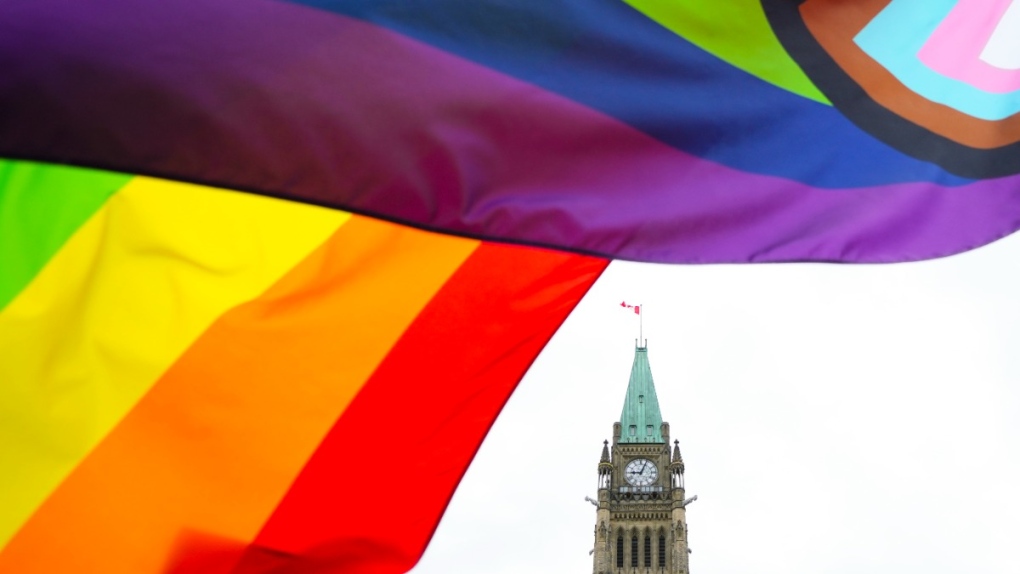A recent poll conducted in Canada has shed light on the dissonance between Canadians’ professed support for LGBTQ2S+ (lesbian, gay, bisexual, transgender, queer, two-spirit, and other non-binary) individuals and their actual actions in promoting inclusivity and equal rights. While the majority of respondents claimed to support the LGBTQ2S+ community in principle, the survey revealed that there is still much work to be done to bridge the gap between words and actions.
The Poll Results
The poll, conducted by a leading research firm, surveyed a diverse cross-section of Canadians from different regions, age groups, and backgrounds. The results indicated that an overwhelming percentage—approximately 80 percent—of respondents claimed to support LGBTQ2S+ rights and inclusion. This seemingly high level of support reflects a positive societal shift toward more inclusive attitudes.
However, a closer look at the data paints a more complex picture. When questioned about specific actions they had taken to support LGBTQ2S+ individuals or the community, the responses were less consistent with their professed support. Only about 40 percent of those surveyed reported having taken concrete actions to support LGBTQ2S+ rights or equality.
Actions vs. Words
The disjuncture between words and actions suggests that while many Canadians express verbal support for LGBTQ2S+ rights, they may not be actively engaged in the ongoing struggle for equality. Several factors could contribute to this phenomenon, including social pressure to appear progressive, a lack of awareness about the struggles faced by LGBTQ2S+ individuals, or simply a reluctance to engage in difficult conversations or confront prejudices within their own circles.
The poll also revealed some generational differences in attitudes and actions. Younger respondents, particularly those under the age of 30, were more likely to take concrete steps in support of LGBTQ2S+ rights. This indicates a potentially positive trend toward greater activism and allyship among younger generations. However, there is still much room for improvement in all age groups.
Concrete Actions
The survey asked respondents about the specific actions they had taken to support LGBTQ2S+ individuals and their rights. Some of the most common actions included attending Pride events, signing petitions advocating for LGBTQ2S+ rights, and sharing supportive content on social media platforms. However, these actions, while important, often fall within the realm of symbolic support.
The LGBTQ2S+ community faces real challenges, including discrimination, violence, and barriers to accessing healthcare and education. To effect meaningful change, it is crucial for supporters to engage in more substantial actions. This might include participating in volunteer work with LGBTQ2S+ organizations, advocating for LGBTQ2S+ rights in their workplaces, or confronting prejudiced attitudes within their social circles.
The Role of Education
Another key finding of the poll was that individuals with a higher level of education were more likely to have taken tangible actions in support of LGBTQ2S+ rights. This suggests that education plays a vital role in fostering empathy and understanding, ultimately translating into more proactive support for marginalized communities.
As a result, initiatives aimed at raising awareness and promoting LGBTQ2S+ inclusivity in educational settings could be instrumental in bridging the gap between support in principle and meaningful action.
Conclusion
The recent poll in Canada highlights the dissonance between professed support for LGBTQ2S+ individuals and concrete actions taken to advance their rights and inclusivity. While there has undoubtedly been progress in fostering more accepting attitudes, it is evident that words alone are insufficient to effect change. To truly support the LGBTQ2S+ community, Canadians must translate their verbal affirmations into meaningful actions that challenge discrimination, promote equality, and create a more inclusive society.


0 comment
fabuloso este conteúdo. Gostei bastante. Aproveitem e vejam este conteúdo. informações, novidades e muito mais. Não deixem de acessar para saber mais. Obrigado a todos e até a próxima. 🙂